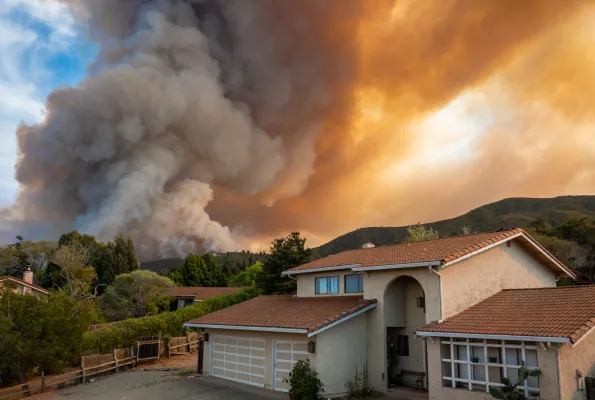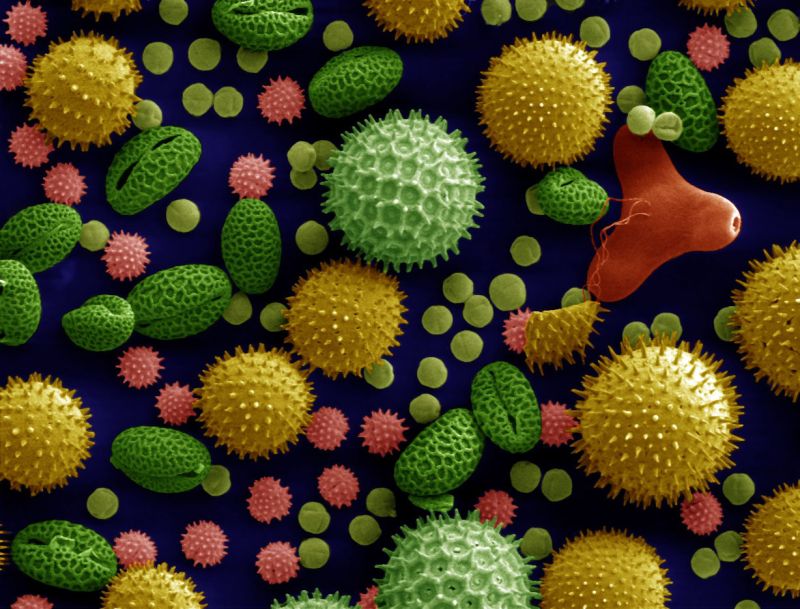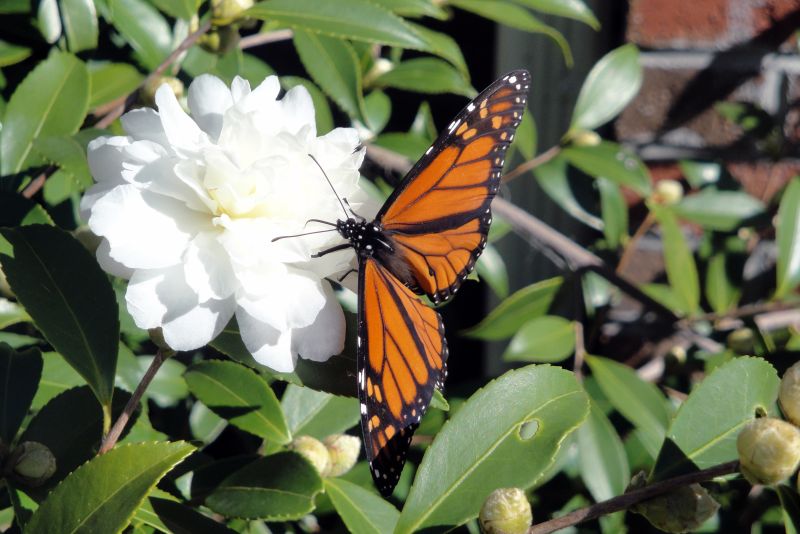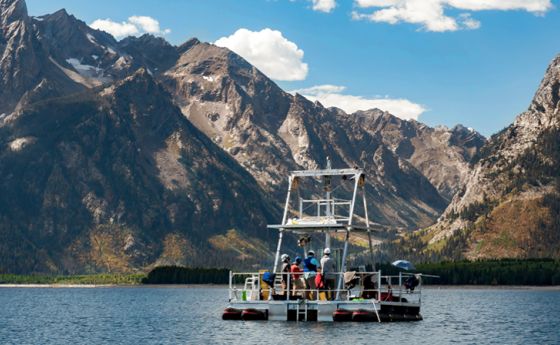
Climate resilience starts with climate research
Wildfires, allergies, and insects—understanding impacts close to home
Though you may be familiar with the far-flung research on the impacts of a changing climate, like this study from Woods Hole Oceanographic Institute about emperor penguins, climate change research is happening closer to home. Understanding the impacts on our day-to-day lives can help us rise to the challenge of mitigation, adaptation and resilience.
Wildfire
Research shows wildfires in the West have become stronger, larger, and more widespread due to climate change-induced increases in temperature, drought, and biomass. A new publication in Science by NSF-empowered researchers “found compelling evidence that average fire events in regions of the U.S. are up to four times the size, triple the frequency, and more widespread in the 2000s than in the previous two decades.” Additionally, the most extreme fires are more common than before and more likely to overlap with other extreme fires. A related study finds that hotter and drier nights are hindering overnight wildfire suppression tactics so much so that night fires have become 7.2% more intense since the early 2000s.
With the immediate risk to life and property, fires also pose challenges after flames are suppressed. Just ask the authors of a study made possible by NSF about the fine particle pollutants that are released into the air from both industrial emissions and wildfires. These pollutants worsen respiratory diseases and are linked to heart disease. Although anthropogenic emissions are decreasing, the emissions from wildfires continue to grow exponentially, creating serious concerns to air quality, air visibility, and human health.
Seasonal Allergies
Did you feel like your allergies this spring were more intense? Maybe your dog started scratching earlier than before? No, it’s not a post-COVID adjustment. NSF-powered research shows that allergy seasons are becoming longer and more intense due to an increase in pollen emissions resulting from changes in temperature and precipitation. In fact, this phenomenon has already been occurring for decades.
Researchers across the country analyzed long-term pollen data from North American sites spanning 1990-2018 and found that pollen seasons have been lengthening at the same time as overall pollen concentrations are increasing due to climate change. According to the authors, “human-caused climate change has already worsened North American pollen seasons, and climate-driven pollen trends are likely to further exacerbate respiratory health impacts in coming decades.”
A recent publication in Nature projects that the pollen season in the U.S. will soon start up to 40 days earlier and last around 19 days longer, and the annual total pollen emission is projected to increase by at least 16%. Due to this increase in pollen over a longer season, the severity of symptoms for allergy and asthma sufferers is likely to grow.
Insects
How much do you like honey? How about flowers or fruit? All of these rely on pollinators to fertilize plants, making bees and butterflies critical to food security. Recent NSF-powered research showed that climate change is upsetting the balance of microbes in floral nectar, endangering the health of bees and, potentially, humans by a reduced availability of fresh foods. As pollinator and plant interactions have already changed in response to the changing climate over the last 100 years the Midwest, scientists are currently researching the past to help inform expected future changes, including the responses of caterpillars (a.k.a. baby butterflies) to changing temperatures.
It isn’t just helpful insects being impacted. Due to warming temperatures in recent decades, several tick species have been spreading beyond their normal ranges into more northern latitudes. Lyme Disease, Erlichiosis, and other serious tick-borne diseases are now year-round concerns for humans and pets across the country. NSF-funded researchers in the fields of Maine are studying range expansions of ticks and their pathogens related to climate change.
Now Is The Time: A Glimmer of Hope
The challenge of a changing climate demands climate action, that’s why NSF is catalyzing climate resilience technologies and simple nature-based solutions. For example, researchers found that planting a specific species of perennial grass in the Midwest could sequester carbon and cut 1 degree Celsius of regional summer warming in the Midwest Heartland every year! Additionally, the combination of solar gardens and cropland in dry states can save space and water while reducing harmful CO2 emissions.
NSF is powering wind energy development through WindSTAR and research into carbon-neutral chemical manufacturing. America’s seed fund, the SBIR program, helped launch Dimensional Energy, a company that transforms captured CO2 into an environmentally friendly fuel. A partnership with the Paul G. Allen Family Foundation will support conservation science in the U.S. And a separate NSF initiative is looking at how organisms are responding to climate change, which is already having major impacts on the world’s food security and bioeconomy.
Through science, we can better protect ourselves and our pets from ticks and allergies, reduce wildfire risk and even help save the penguins all the way in Antarctica.





